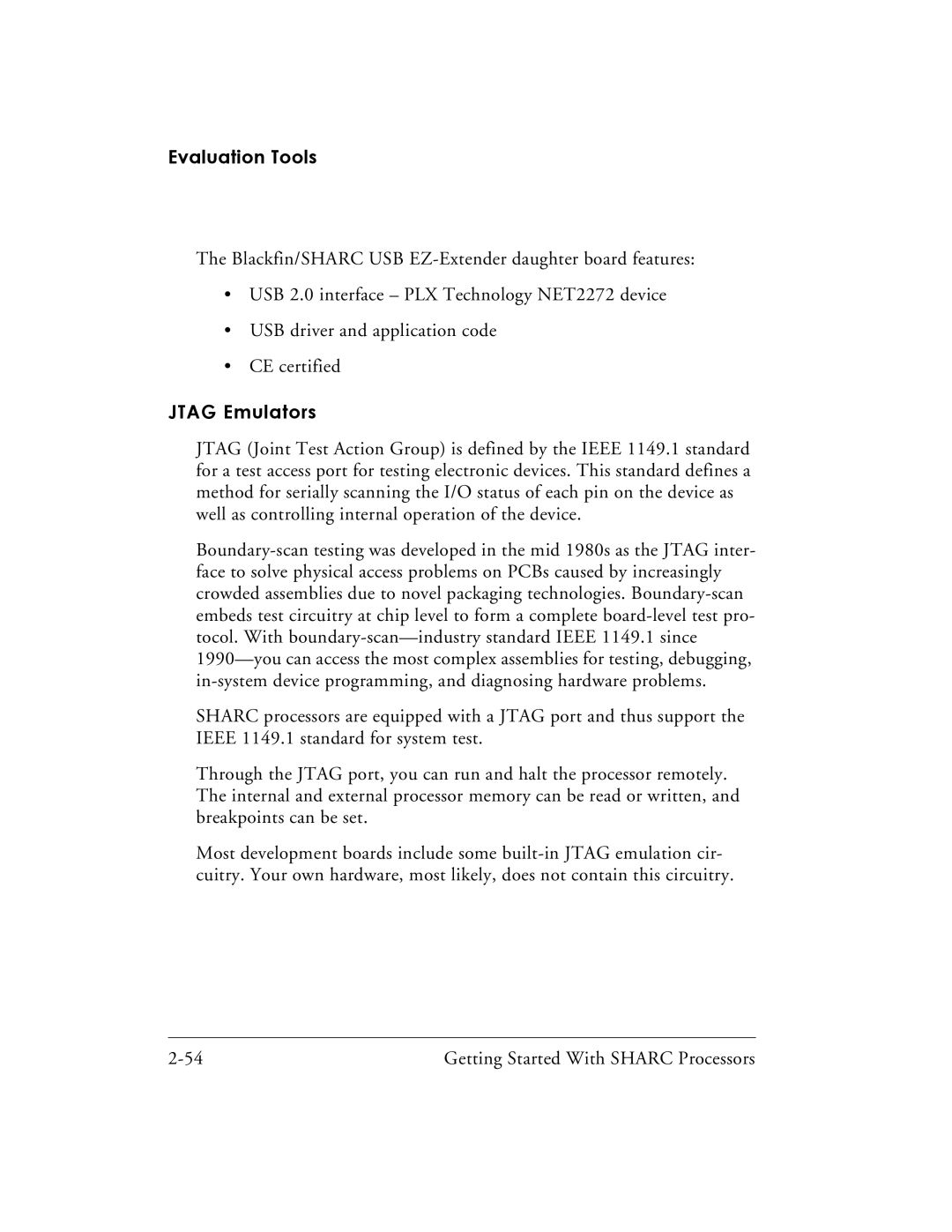82-003536-01 specifications
Analog Devices has consistently been at the forefront of innovation in the semiconductor industry, and the Analog Devices 82-003536-01 exemplifies this commitment to excellence. This particular model is a high-performance integrated circuit that's widely recognized for its robust functionalities in a variety of applications, especially within the fields of telecommunications, industrial automation, and consumer electronics.One of the main features of the 82-003536-01 is its ability to handle wide bandwidth signals with high fidelity. This capability is essential for modern communication systems that require precise signal processing to ensure data integrity over long distances. The device achieves this through advanced modulation techniques and high-speed analog-to-digital conversion, allowing for the seamless capture of complex waveforms.
The technology behind the 82-003536-01 includes significant advancements in signal processing algorithms, enabling the chip to perform real-time analysis of incoming data streams. With fast response times and low latency, the integrated circuit is ideal for applications where quick decision-making is critical, such as real-time monitoring systems and automated industrial controls.
In terms of characteristics, the 82-003536-01 showcases an impressive operating temperature range, ensuring reliability in various environmental conditions. This is particularly advantageous for outdoor applications or in industries like automotive, where temperature fluctuations can be extreme. The low power consumption of the device also makes it a standout choice for battery-operated devices, contributing to longer operational life and reduced overall energy costs.
Additionally, the 82-003536-01 is designed with user-friendly interfaces that simplify integration into existing systems. This ease of use is complemented by the extensive support and documentation provided by Analog Devices, enabling engineers and designers to achieve quicker time-to-market for their products.
Finally, echoing Analog Devices' commitment to quality, the 82-003536-01 undergoes rigorous testing to meet high industry standards. This dedication to reliability and performance ensures that users can trust the device in mission-critical applications. Overall, the Analog Devices 82-003536-01 is a versatile, high-performance solution that continues to set benchmarks in the semiconductor landscape.
